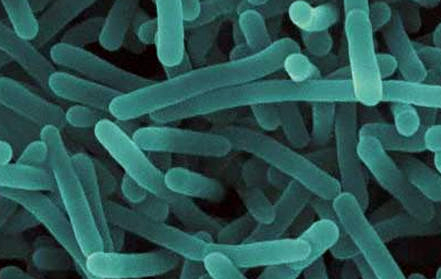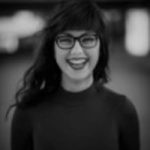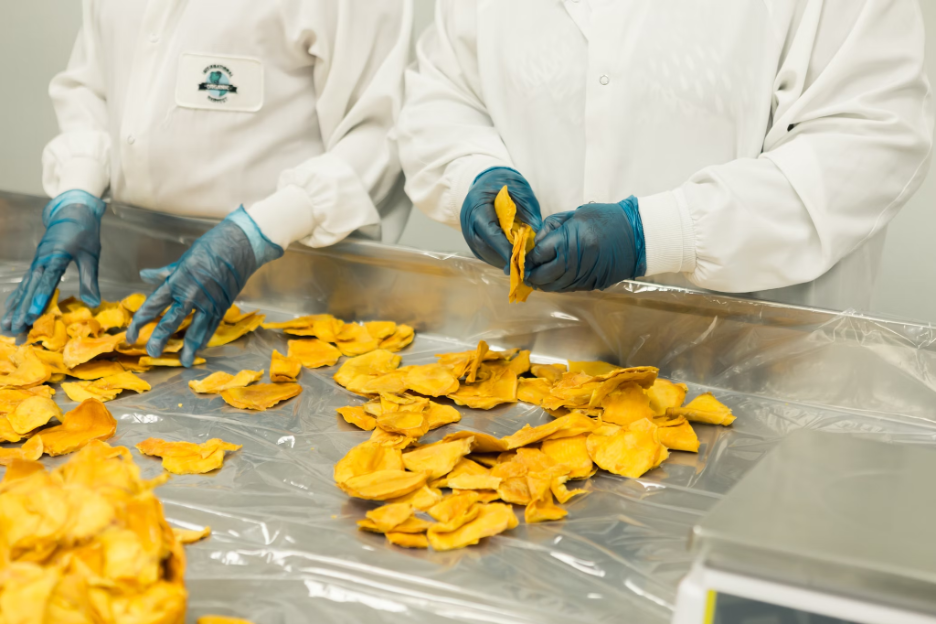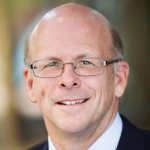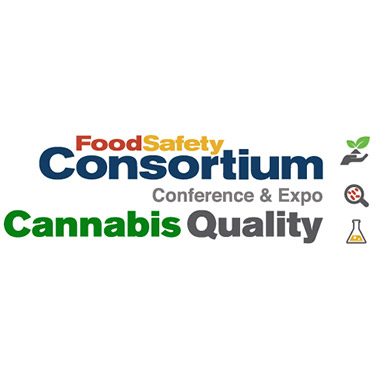The U.S. Food and Drug Administration’s reorganization implementation involving the creation of a unified Human Foods Program (HFP), adoption of a new model for its field operations and other significant modernization efforts are scheduled for Oct. 1, 2024, notably enhancing the agency’s ability to oversee and protect the human food supply and other products the FDA regulates.
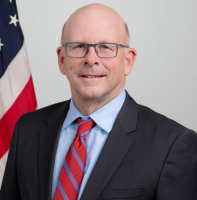 Lead by Jim Jones, Deputy Commissioner for Human Foods at FDA, the reorganization establishes the HFP by realigning the functions of the Center for Food Safety and Applied Nutrition, the Office of Food Policy and Response, as well as key functions from the Office of Regulatory Affairs (ORA) under one program.
Lead by Jim Jones, Deputy Commissioner for Human Foods at FDA, the reorganization establishes the HFP by realigning the functions of the Center for Food Safety and Applied Nutrition, the Office of Food Policy and Response, as well as key functions from the Office of Regulatory Affairs (ORA) under one program.
Additionally, the restructuring of ORA will enable the field operations unit to focus on inspections, investigations and imports as its core mission. The FDA is changing the name of ORA to the Office of Inspections and Investigations (OII) to better convey the organization’s role as the frontline of the FDA, which provides real time insights and science-based evidence necessary to ensure the safety and quality of products Americans depend on.
Jim Jones will Keynote the Food Safety Consortium Conference, October 20-22 in Washington DC. During this session Mr. Jones will delve into the agency’s recent reorganizational changes, key regulatory policy priorities, and commitment to stakeholder transparency. Doug Stearns, Deputy Associate Commissioner of Regulatory Affairs, will discuss how these changes will shape investigations and inspections for both domestic and foreign facilities. Attendees will gain valuable perspectives on regulatory shifts, emerging challenges, and collaborative opportunities shaping the landscape of food safety and compliance. Discover how the new Deputy Commissioner’s strategic vision will drive innovation, enhance public health outcomes, and foster trust within the food industry. Attendees will have the opportunity to gain deep insights into emerging challenges, innovative strategies, and collaborative approaches to advancing food safety.




